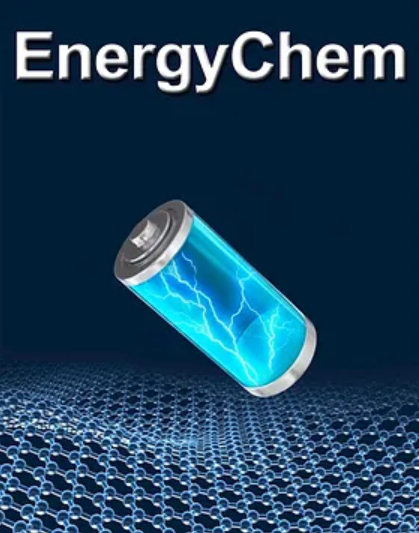Polymer-based electrolytes with high mechanical strength for multifunctional structural batteries
IF 22.2
Q1 CHEMISTRY, MULTIDISCIPLINARY
引用次数: 0
Abstract
Structural batteries are an emerging class of multifunctional electrochemical energy storage devices that combine mechanical load-bearing capabilities with energy storage. These batteries aim to address the weight and volume efficiency challenges faced by conventional batteries, particularly in electric vehicles, thereby extending driving range. As a crucial component of structural batteries, the electrolyte must not only facilitate ion transport but also provide mechanical integrity under flexural loads or impacts. However, developing a structurally strong electrolyte is a significant challenge, as high mechanical strength often leads to reduced ionic conductivity. Therefore, the full potential of structural batteries can only be realized once suitable multifunctional structural electrolytes are developed. This review examines the state-of-the-art in structural electrolytes, focusing on thermoplastic and thermoset polymer-based electrolytes for structural batteries. It explores the underlying ion transport mechanisms and mechanical enhancement strategies. The review also discusses how electrolyte composition—such as the choice of polymer matrix, inorganic fillers, solvents, and ionic liquid additives—affects both mechanical and electrochemical properties, as well as the role of interfacial stability. Furthermore, block copolymer electrolytes and molecular ion composite solid electrolytes based on rigid-rod polymers are proposed as promising candidates for structural electrolytes. The article also addresses the challenges and future prospects for these materials, aiming to provide insights into overcoming the limitations of polymer-based electrolytes with high mechanical strength, thus promoting their practical application in structural batteries.
求助全文
约1分钟内获得全文
求助全文
来源期刊

EnergyChem
Multiple-
CiteScore
40.80
自引率
2.80%
发文量
23
审稿时长
40 days
期刊介绍:
EnergyChem, a reputable journal, focuses on publishing high-quality research and review articles within the realm of chemistry, chemical engineering, and materials science with a specific emphasis on energy applications. The priority areas covered by the journal include:Solar energy,Energy harvesting devices,Fuel cells,Hydrogen energy,Bioenergy and biofuels,Batteries,Supercapacitors,Electrocatalysis and photocatalysis,Energy storage and energy conversion,Carbon capture and storage
 求助内容:
求助内容: 应助结果提醒方式:
应助结果提醒方式:


